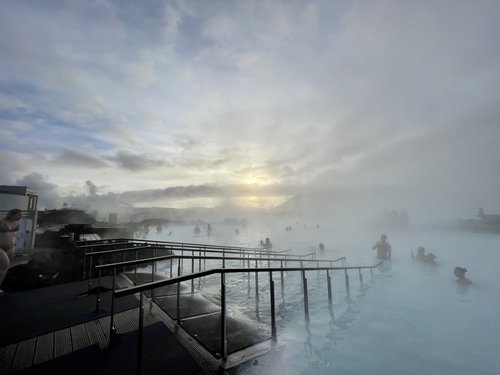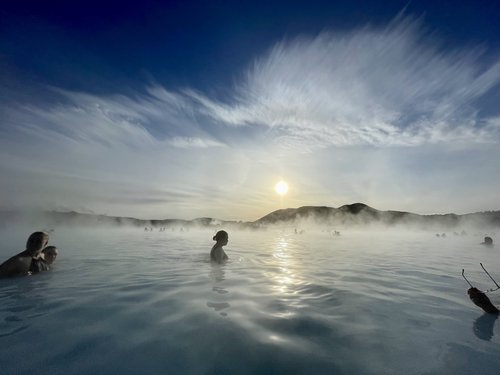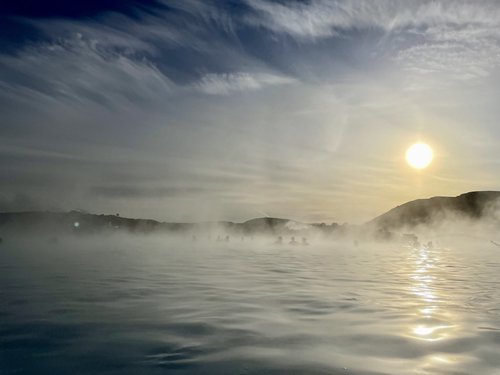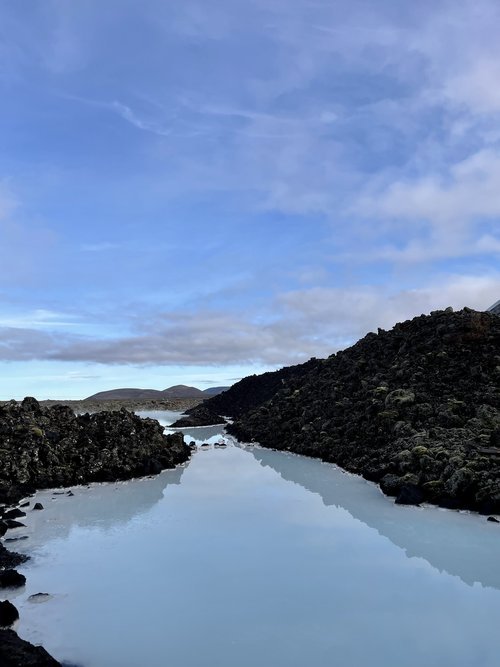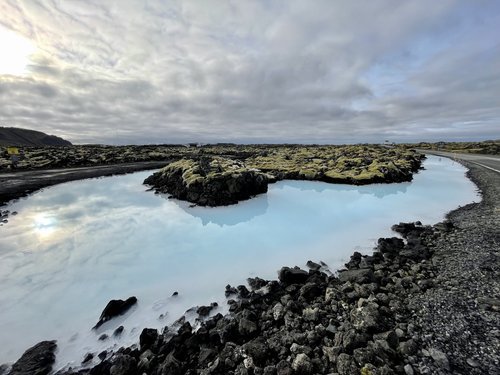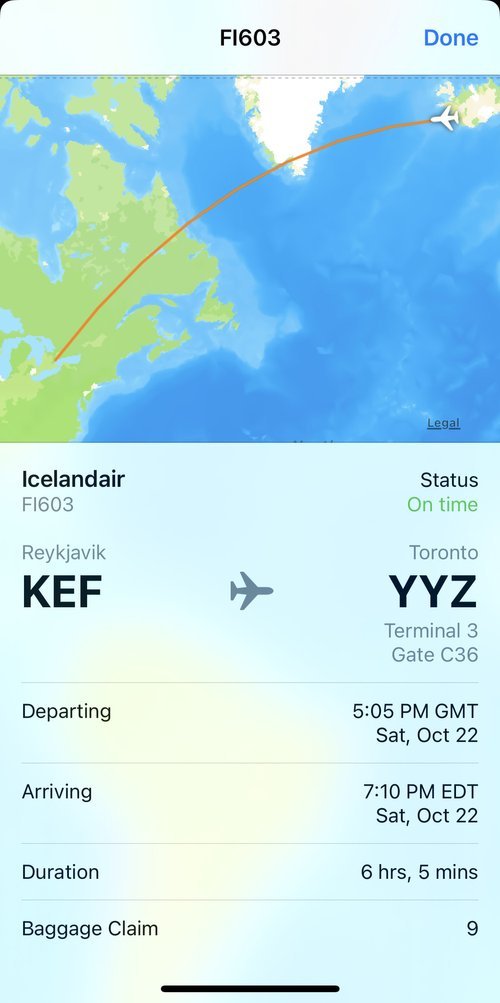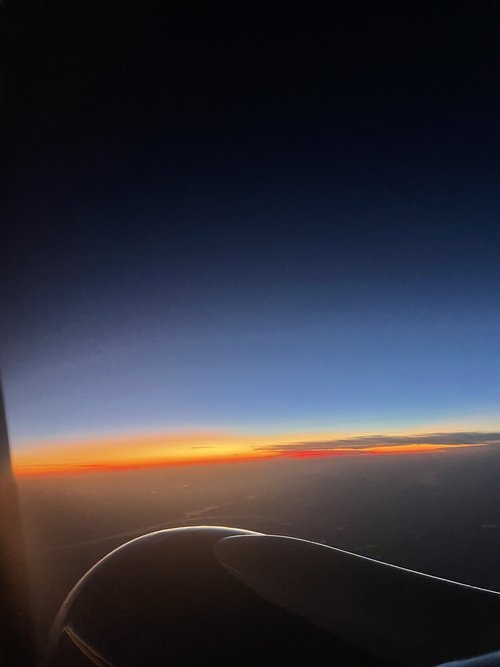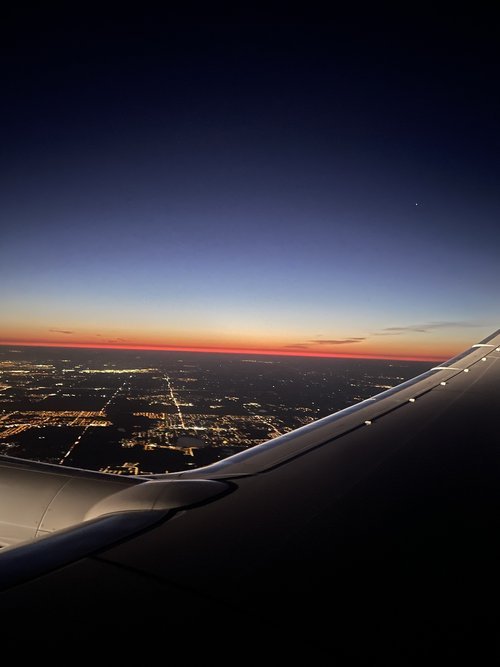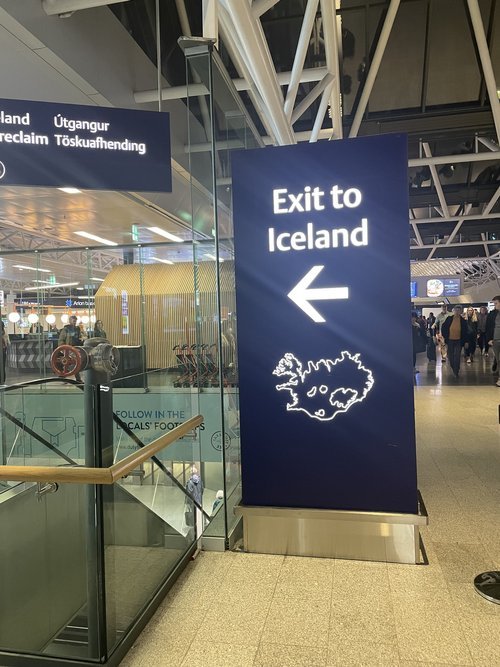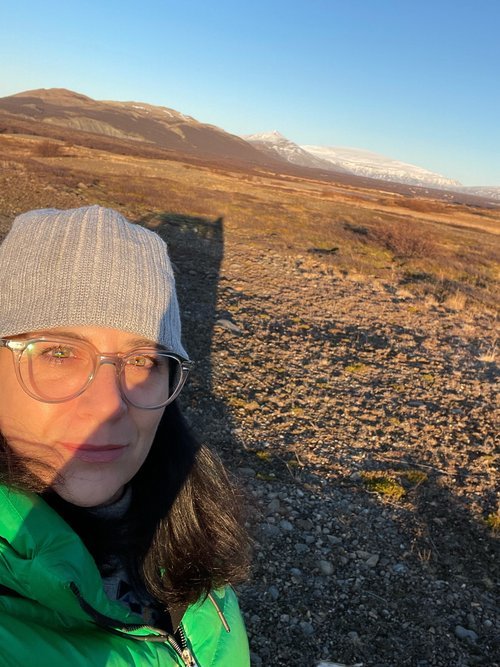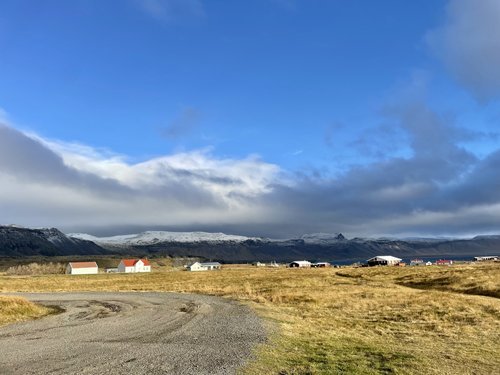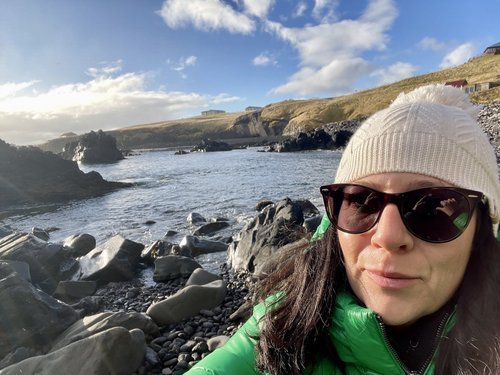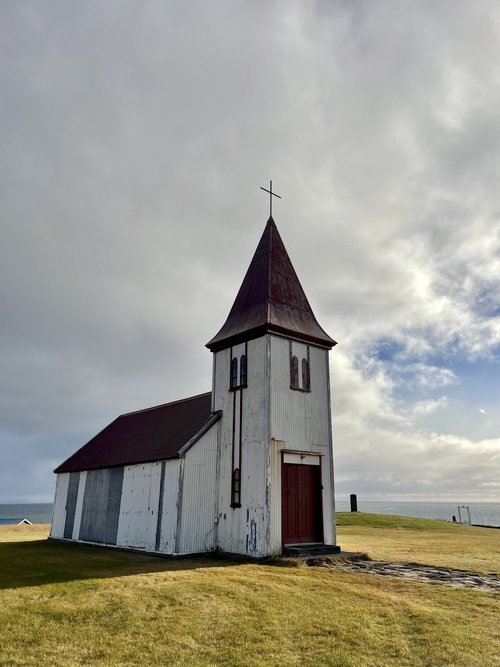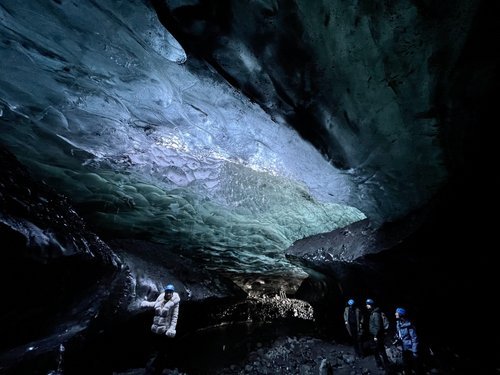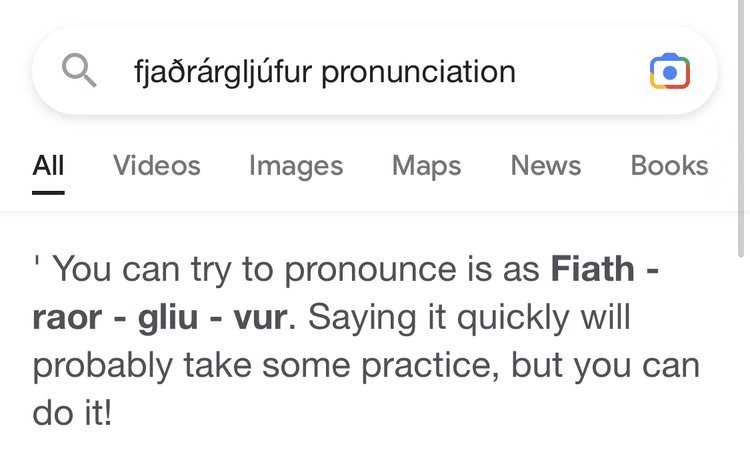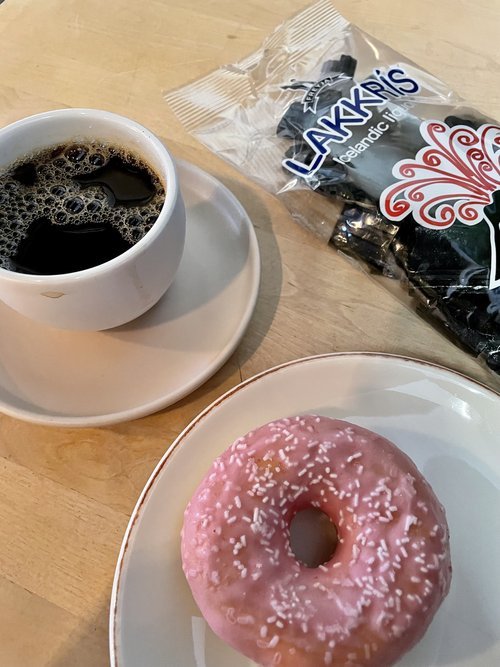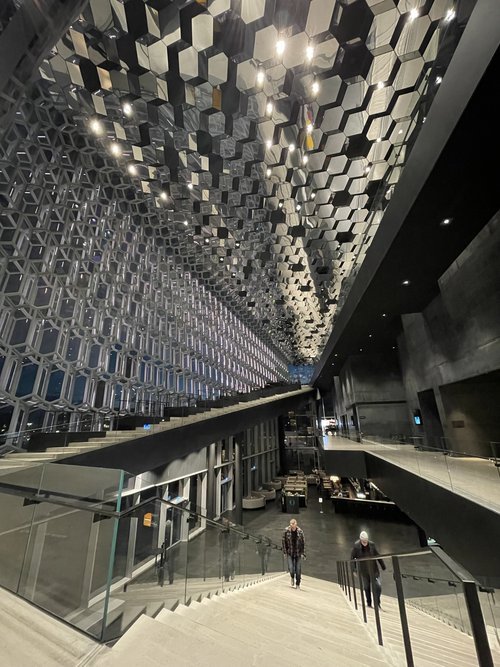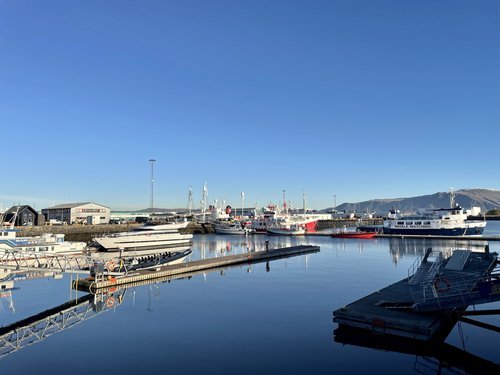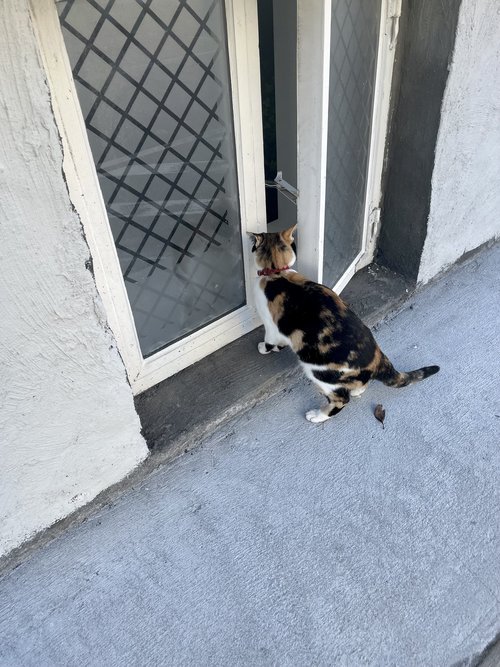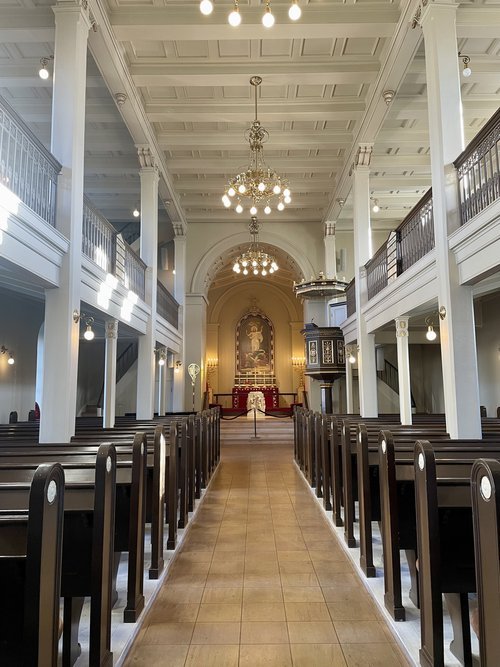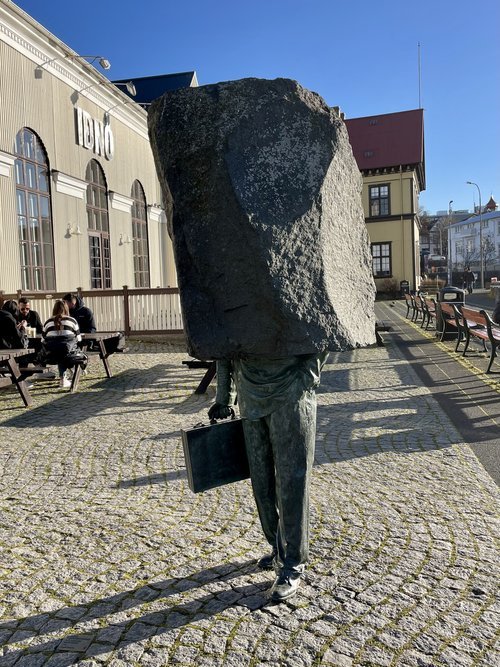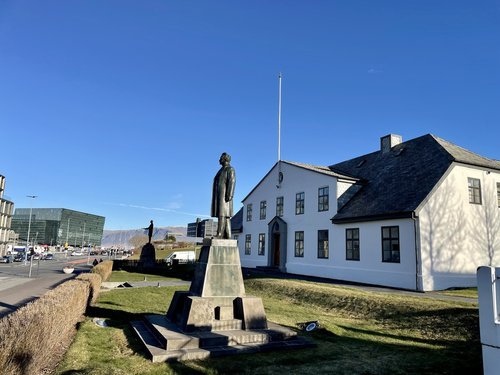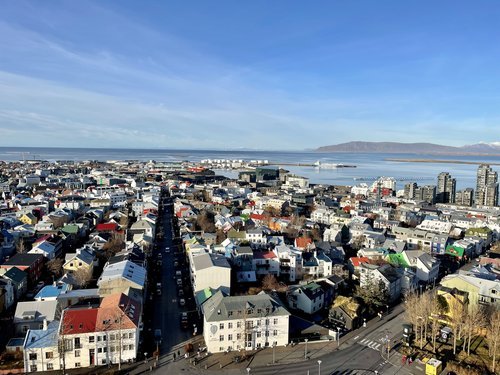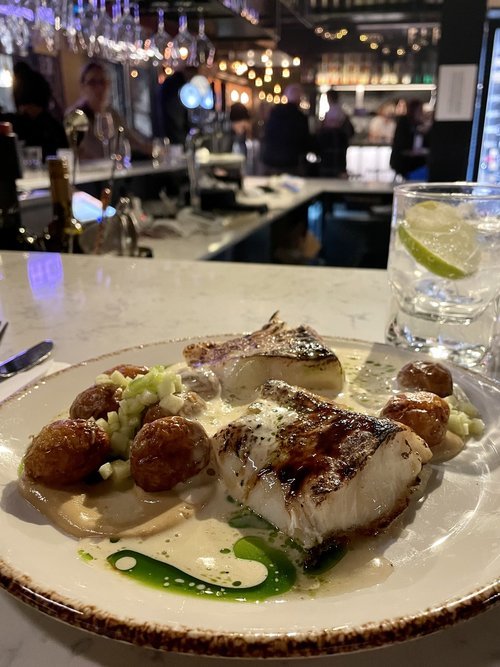Iceland 2022
Solo travel trip by car from the west to east coasts of Iceland.
Day 1 - Húsafell
Húsafell is a large farm and church site in the Borgarfjörður district of West Iceland. With incredible natural beauty, it has been a popular resting spot for travellers since the earliest days of the country. Húsafell is quite inland for an Icelandic settlement, made possible due to the fertile lands and relative lack of eruptions in the area. In spite of its distance from the coast, fishing has always been popular due to the trout lakes and salmon rivers within it.
ITINERARY
7AM: Arrive at Keflavík International Airport
Lotus Car Rental - Suzuki Jimny 4x4"
Travel up to Húsafell, stopping in at Akranes, a fishing village founded by Irish settlers 1000 years ago
1PM: Bathe at Krauma Spa at the Deildartunguhver hotspring located in Reykholtsdalur Valley and considered Europe’s most powerful hot spring. This is due to its rapid flow rate, pushing 180 litres of hot water per second with water temperature measures of 97°C -100°C (207°F - 212°F), making it the perfect energy source for the neighbouring geothermal baths, Krauma Spa.
Stop for some self-guided Hiking around Húsafell
Arrive at Hótel Húsafell in time for dinner.
Day 2 - Húsafell & Snæfellsnes Peninsula
Sparkling fjords, dramatic volcanic peaks, sheer sea cliffs, sweeping golden beaches and crunchy lava flows make up the diverse and fascinating landscape of the 100km-long Snæfellsnes Peninsula. The area is crowned by the glistening ice cap Snæfellsjökull, immortalised in Jules Verne’s Journey to the Centre of the Earth.
ITINERARY
10AM Víðgelmir Lava Cave Tour near Húsafell
Drive to Stykkishólmur Súgandisey Island (the northern part of the Snæfellsnes Peninsula) to climb up to the lighthouse for a view over Breidafjordur Bay
Mt. Kirkjufell & Kirkjufellsfoss (Kirkjufell mountain and Kirkjufellsfoss waterfall, is known as Arrowhead Mountain in Game of Thrones, one of the landmarks beyond The Wall.)
Arrive at Hotel Búðir. Búðir is a hamlet located in the lava fields of Búðahraun in west Iceland. Búðir consists of a church and a country hotel. Walk the surrounding area with lava beaches and Búðakirkja (Búðir Black Church) built in 1703.
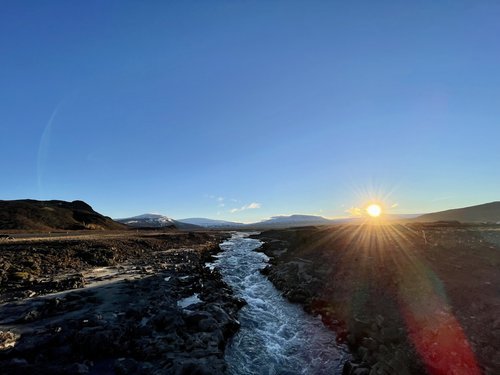

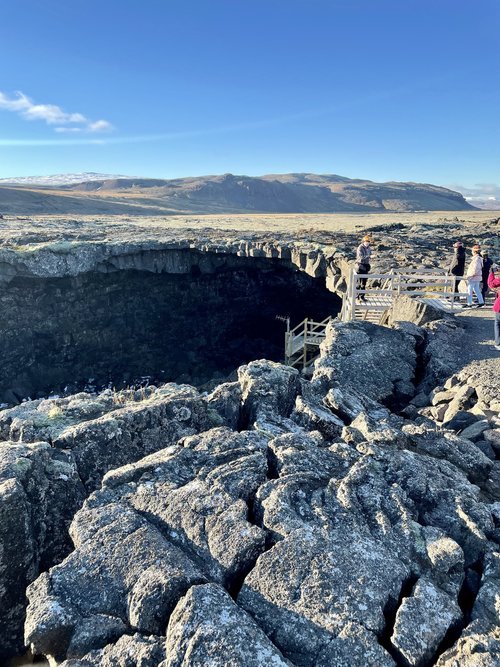
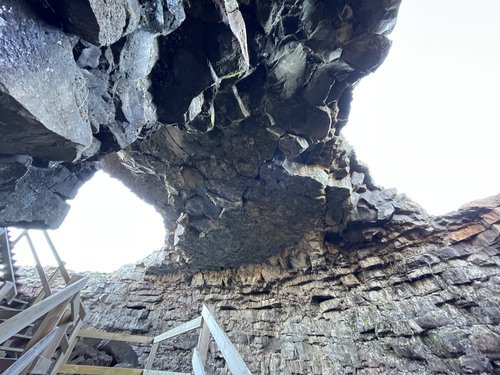
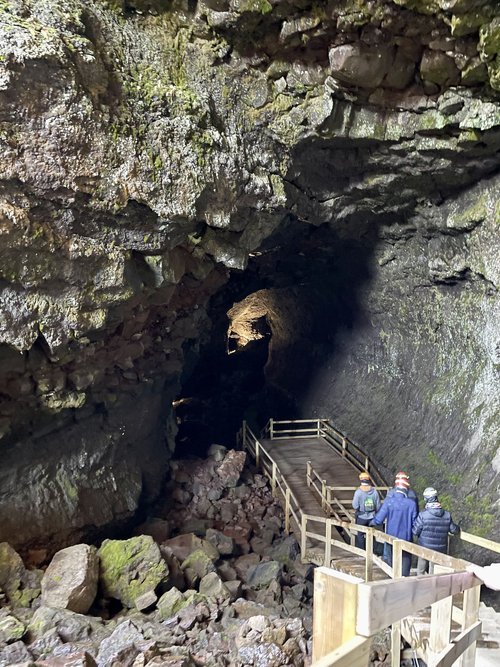
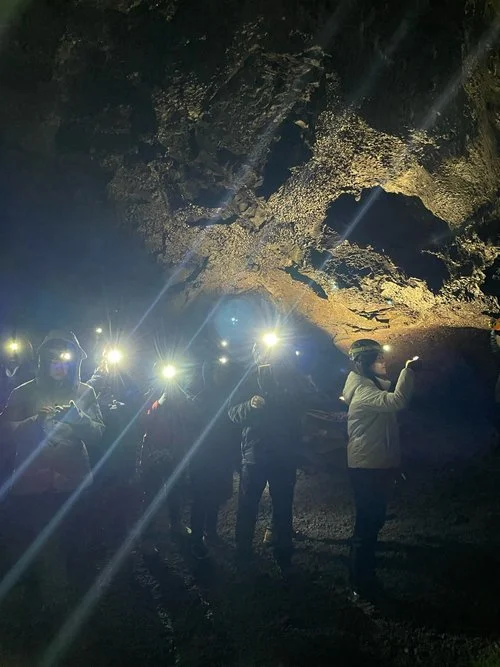
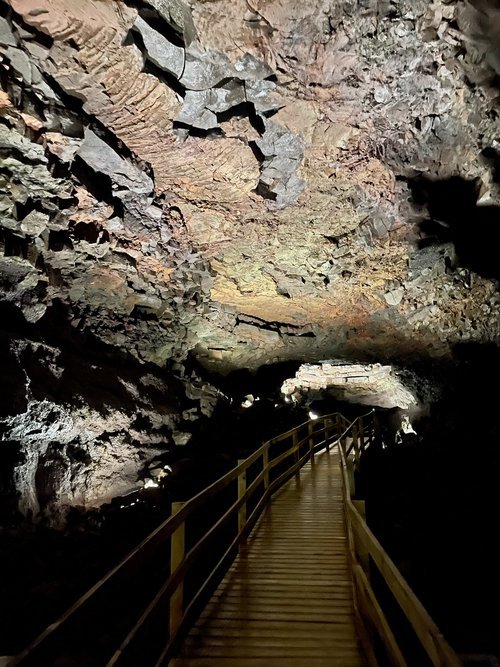
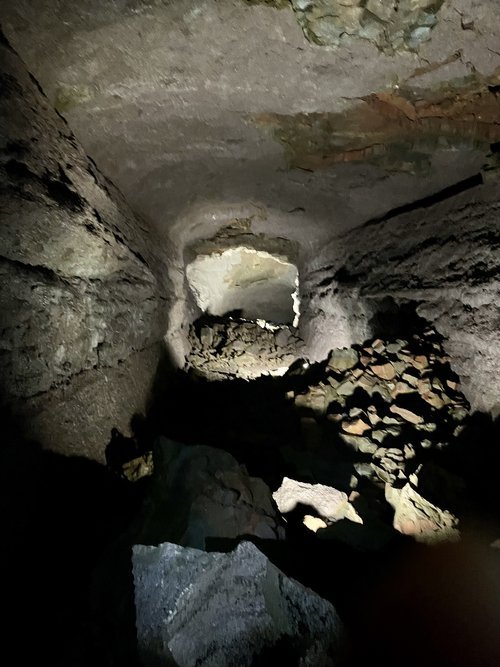
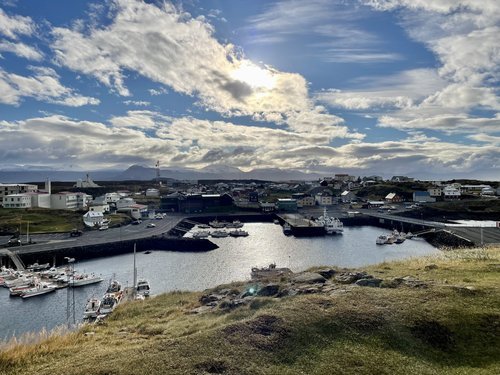

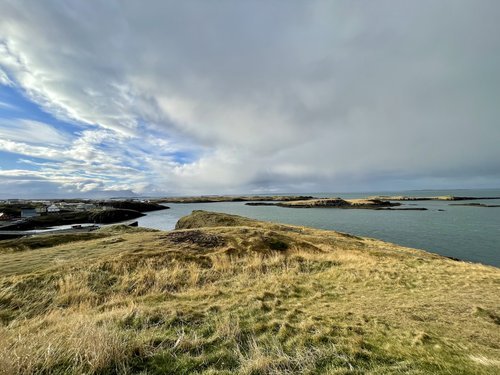
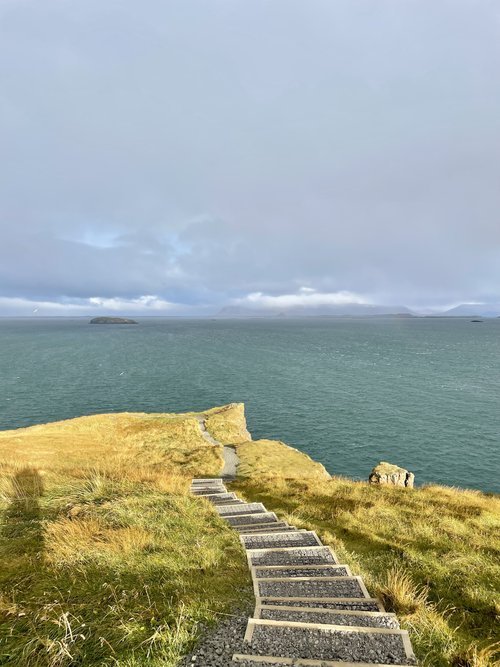

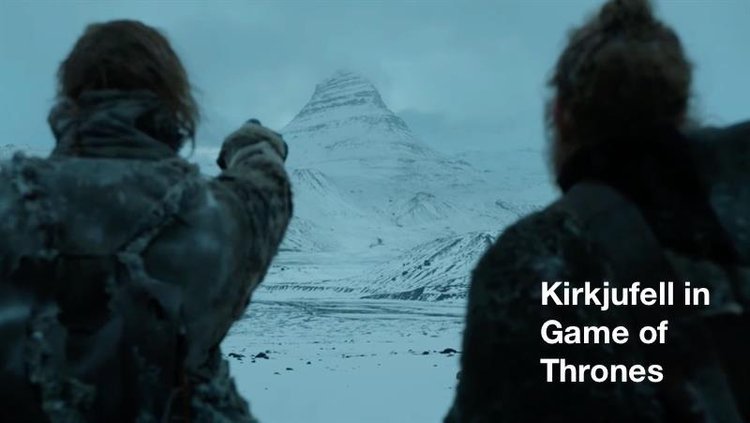
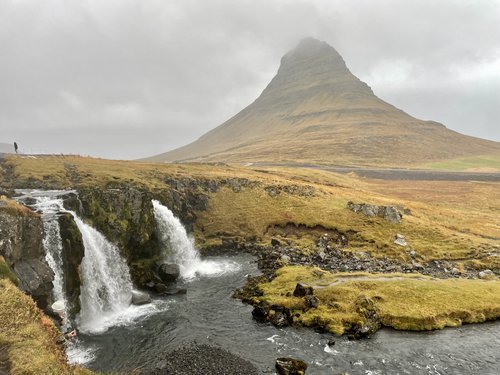
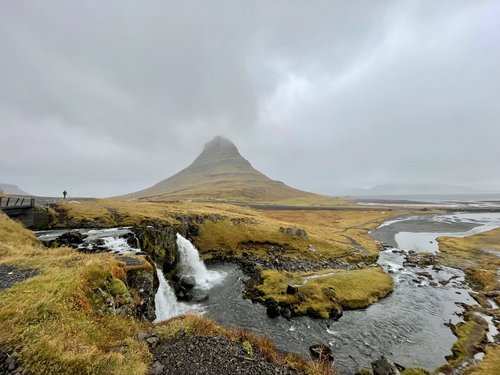
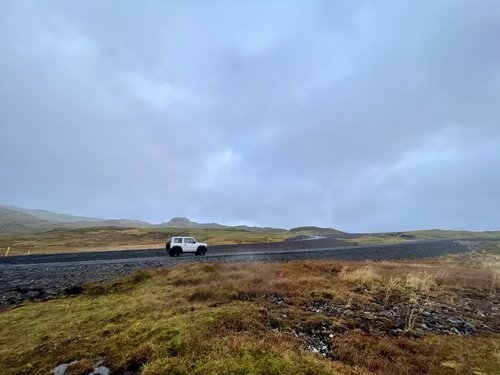
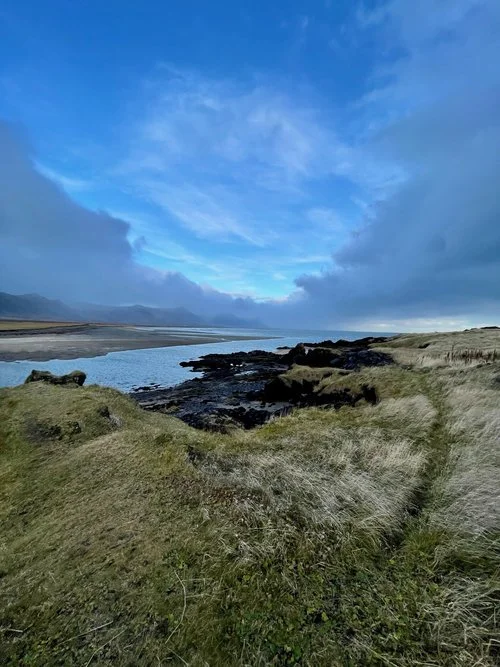
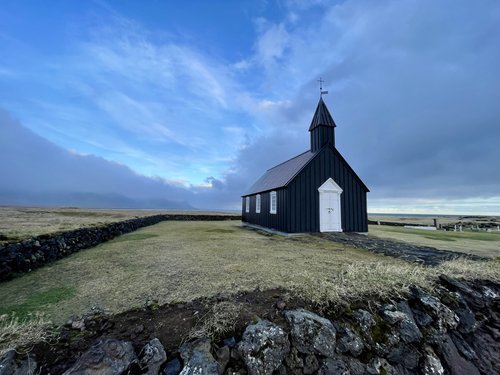

Day 3 - Snæfellsnes Peninsula
The Snæfellsnes Peninsula is a region in western Iceland known for its dramatic landscapes. At its western tip, Snæfellsjökull National Park is dominated by Snæfellsjökull Volcano, which is topped by a glacier.
ITINERARY
Hiking around Búðir hotel lava beach. Traditional breakfast at the hotel.
Drive along the coast line to Arnstarpi Cliffs and the Stone Bridge.
Travel on to Hellnar with Valasnös Cliff and Rock Formations
Stop at the Rauðfeldsgjá Gorge
Visit Ytri Tunga Seal Beach
Stop at Hótel Rjúkandi cafe
Leave Snæfellsnes and travel to Geysir, stop at Hótel Rjúkandi cafe for a late lunch
Arrive at Hotel Geysir for two nights.
Day 4 - Geyser
Haukadalur is a geothermal valley in South Iceland. Lying to the north of Lake Laugarvatn, it is home to hot springs, fumaroles, mud pots, and geysers, and the active Strokkur Geysir. The area is noted for the vivid coloration of its surrounding hills, caused by elements deep in the earth being brought to the surface by the geothermal activity.
ITINERARY
10AM Horse Riding Tour
Visit Gullfoss Waterfall and Strokkur Geyser
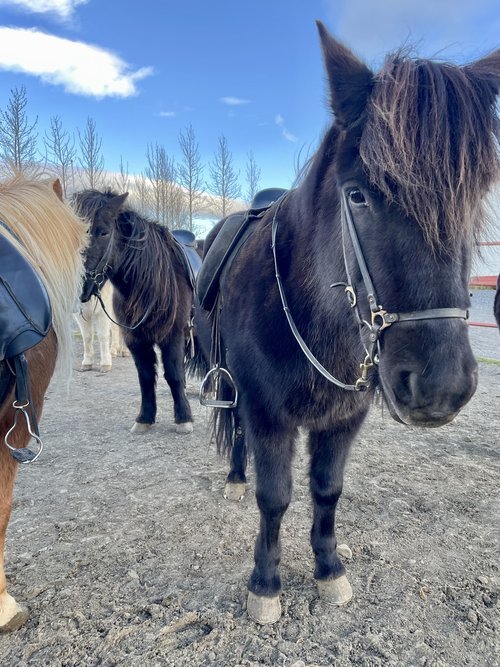

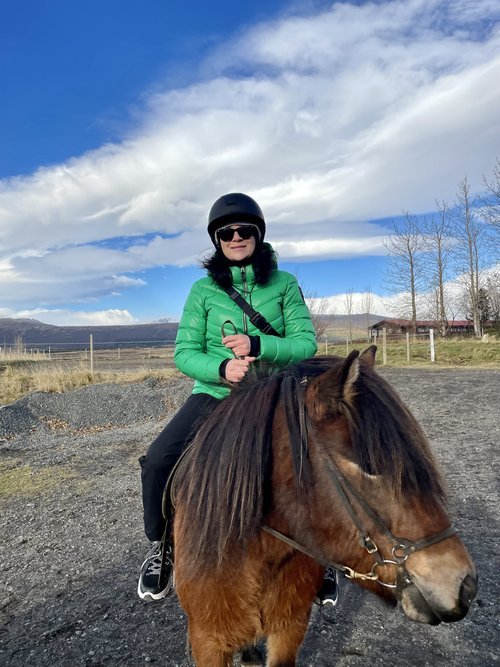
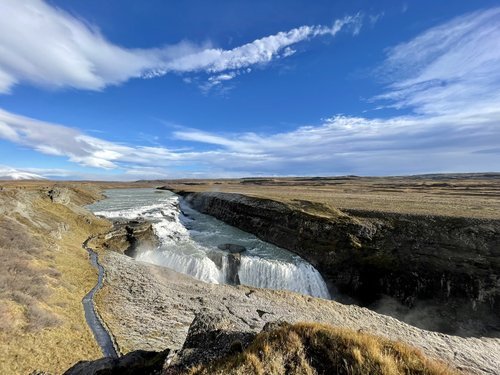

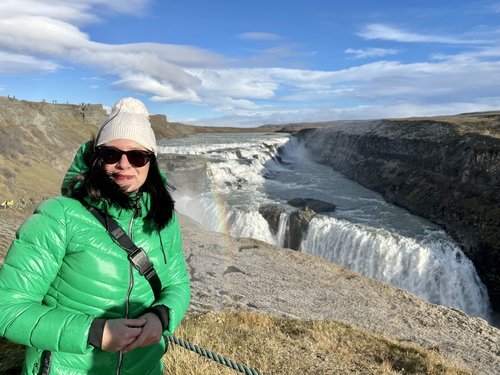
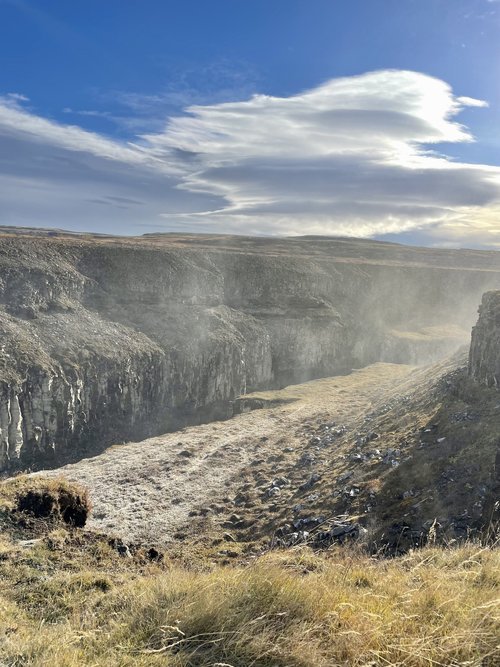
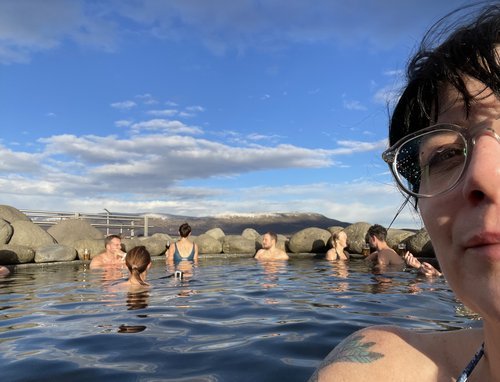
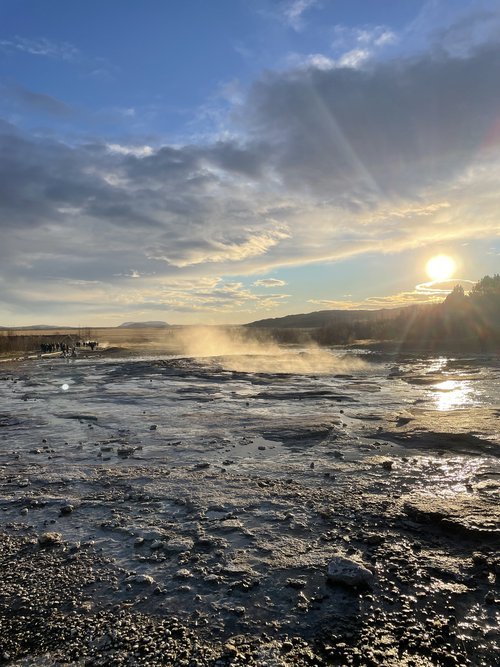

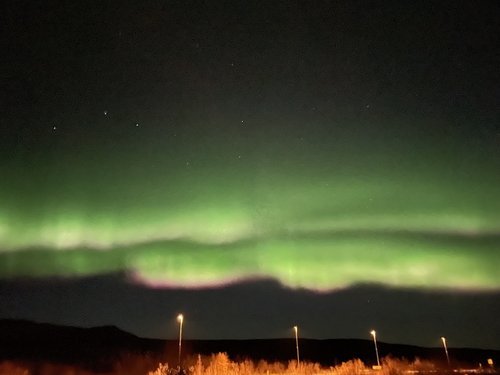
Day 5 - Þingvellir & South Coast
Located in southwest Iceland, Þingvellir (Thingvellir) is held in high esteem thanks to a rich cultural and geological history. Thingvellir is known as the birthplace of Iceland as a nation, and home to the oldest ongoing parliament in the world. In the boundaries of this unique national park, the Eurasian and North American tectonic plates drift away from each other. You can walk in the seismic rift valley that marks the border between the two continents. The plates slowly shift apart by 2 cm a year, changing the landscape and creating an extraordinary sight.
ITINERARY
Drive along South Coast to Vik
Arrive at southern most part of Iceland to stay at the Hotel Vík í Mýrdal

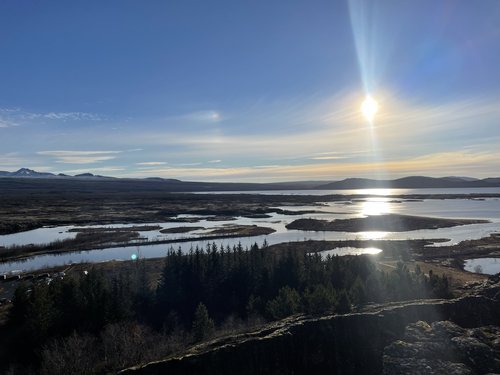

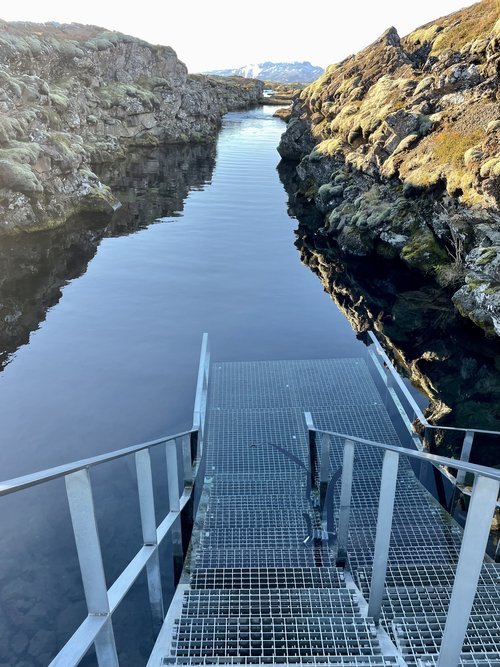
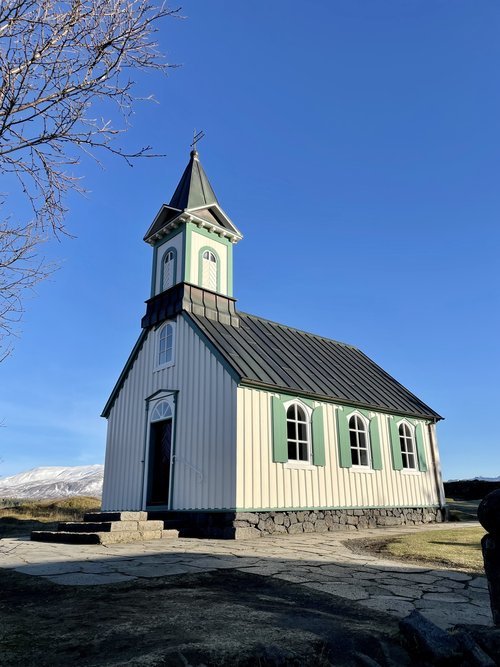

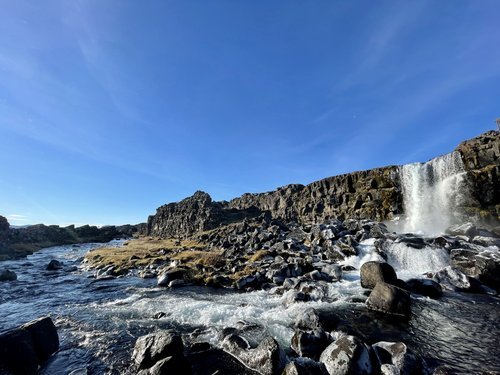
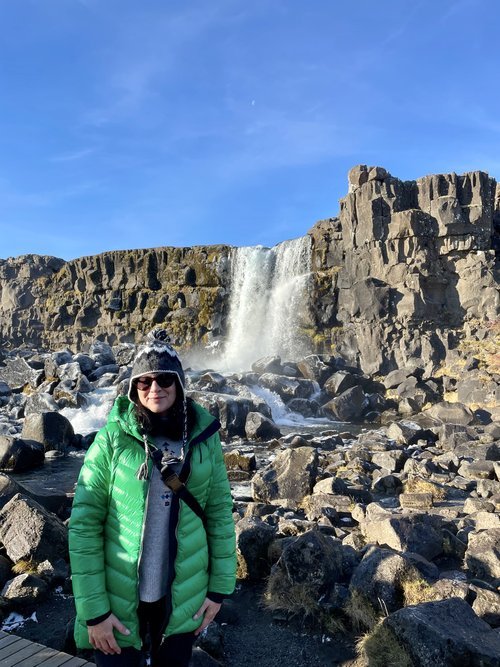
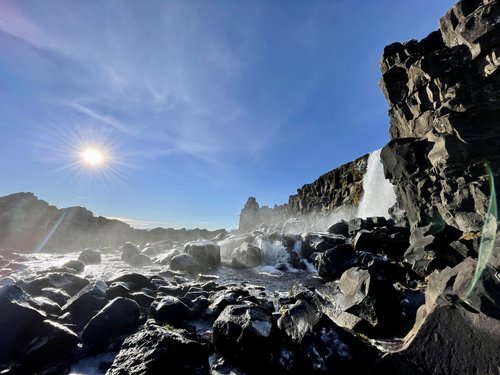
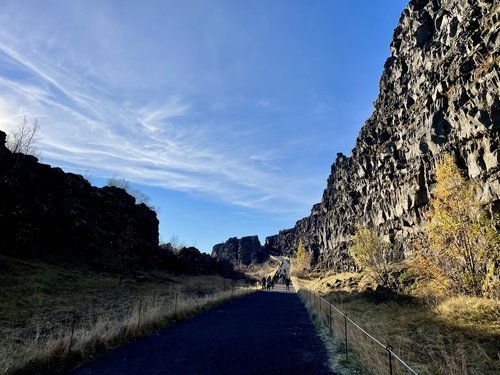
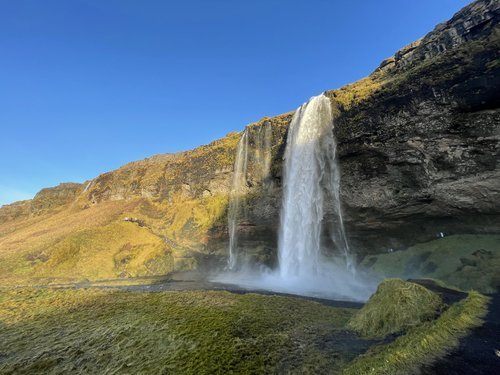

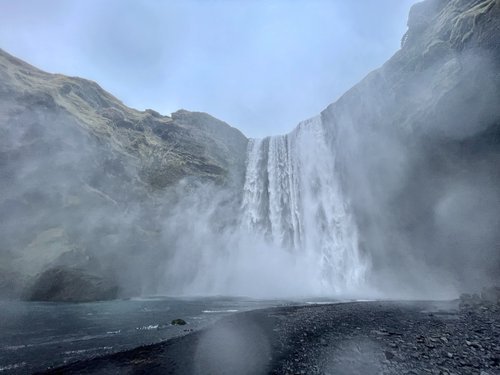
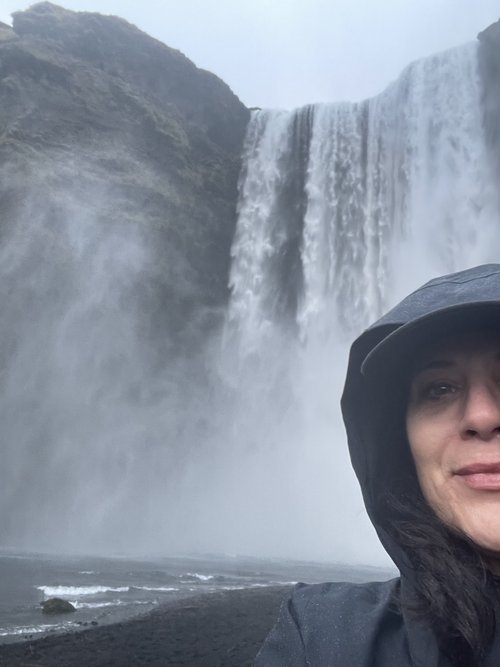
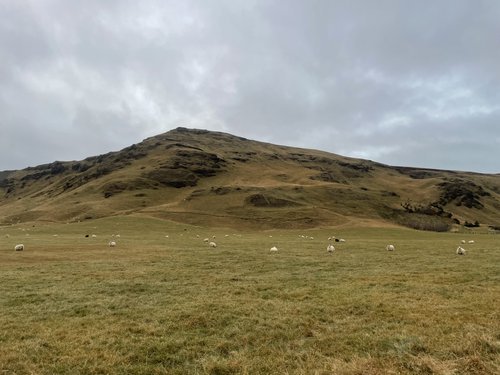


Day 6 - Vík í Mýrdal
The glaciers Eyjafjallajökull and Mýrdalsjökull can also be seen on clear days; both of these cover volcanoes which are particularly explosive, with Eyjafjallajökull famously disrupting European air travel in 2010.
Vík is most famous for its stunning black sand beach, is a wooden church, Reyniskirkja, dating to 1929, Reynisfjara beach with black pebbles and basalt columns and the Reynisdrangar offshore rock formations. The cliffs of Reynisfjall mountain are home to seabirds such as puffins. Just west, the Dyrhólaey peninsula.
ITINERARY
Spend the day visiting sites around Vík shoreline.
Hike the Dyrhólaey Shoreline, Lighthouse & Lava Arch
Hike the Vikurfjara Black Sand Beach
Join an ATV Safari excursion to visit the Black Beach & Sólheimasandur
Visit Reynisfjara Beach & Reynisdrangar Rock Formations
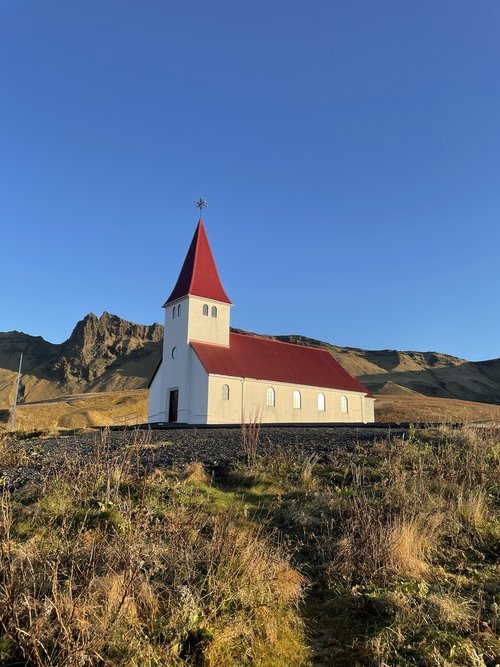
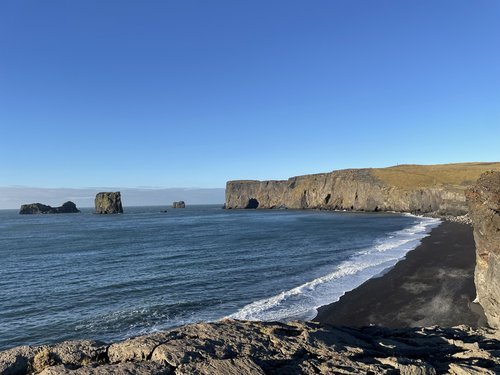
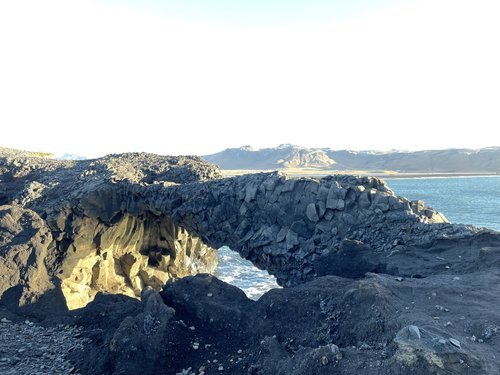

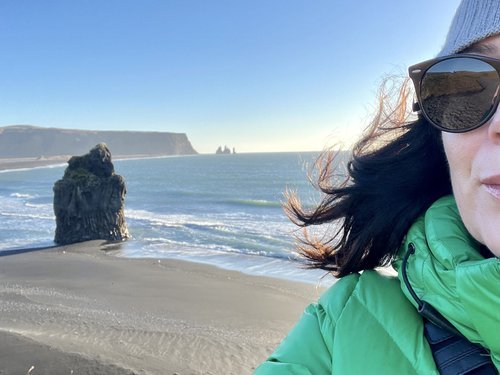
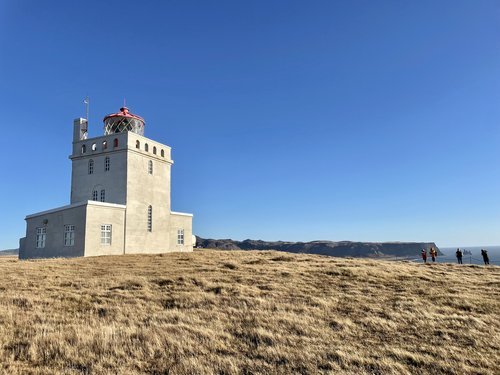
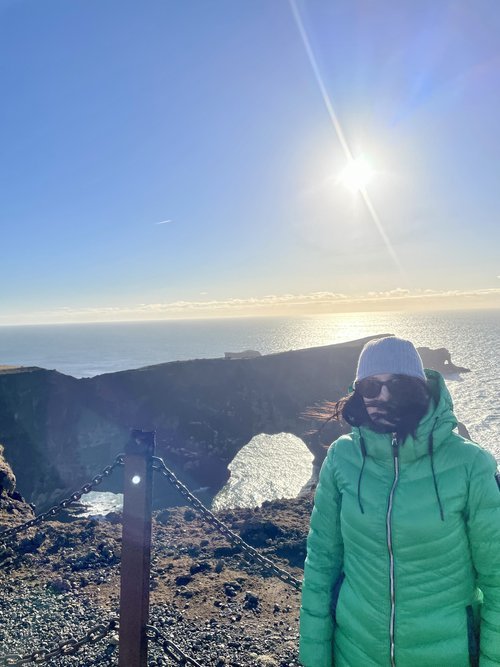



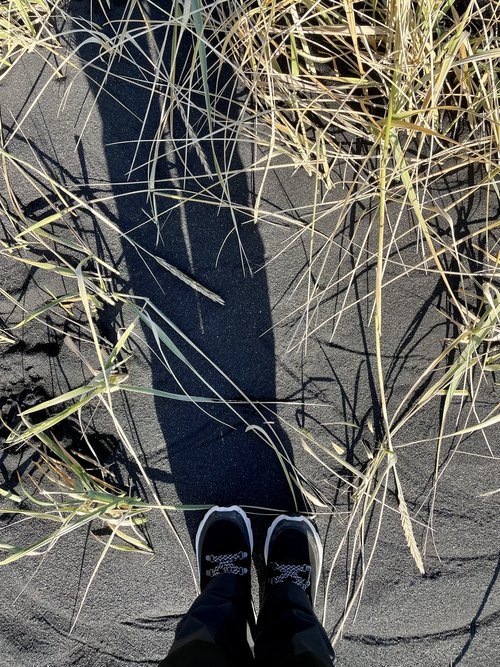
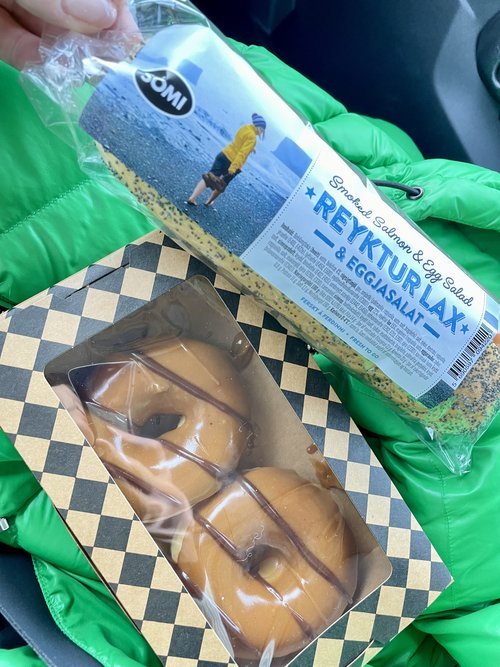
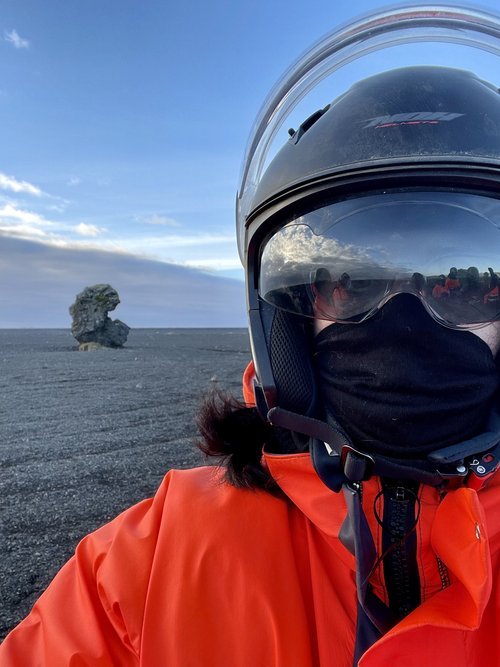
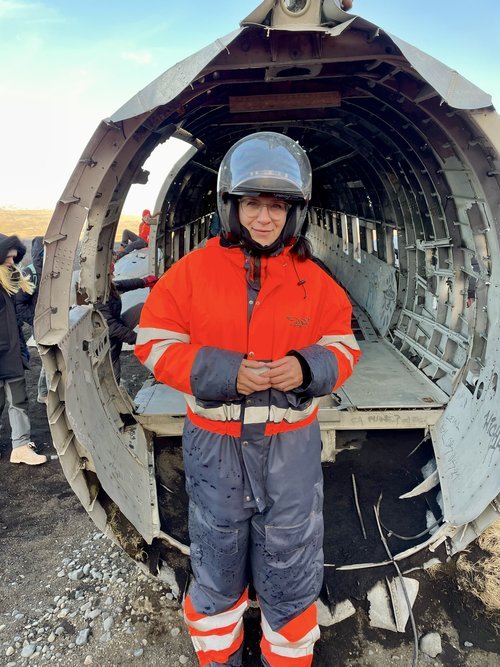
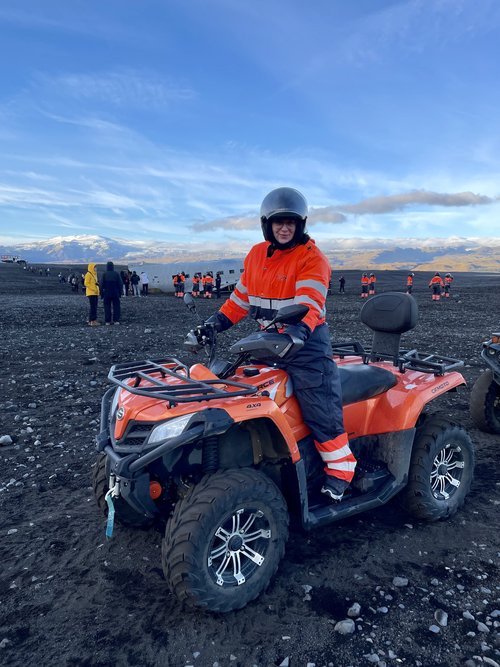
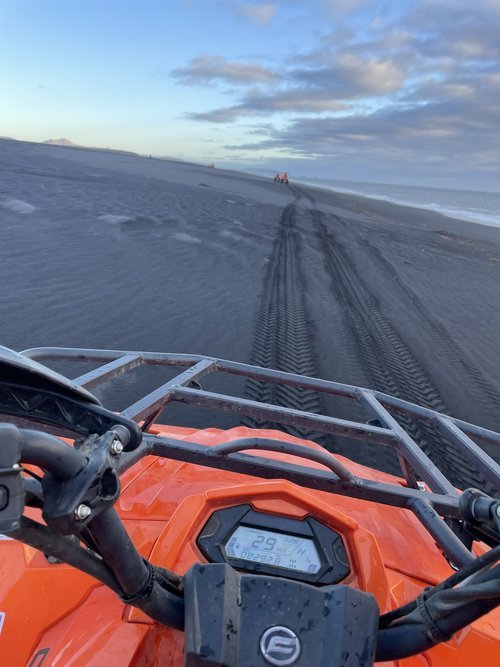
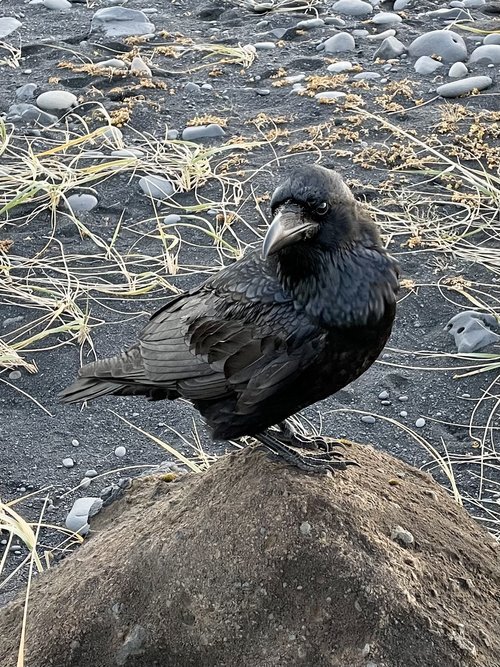
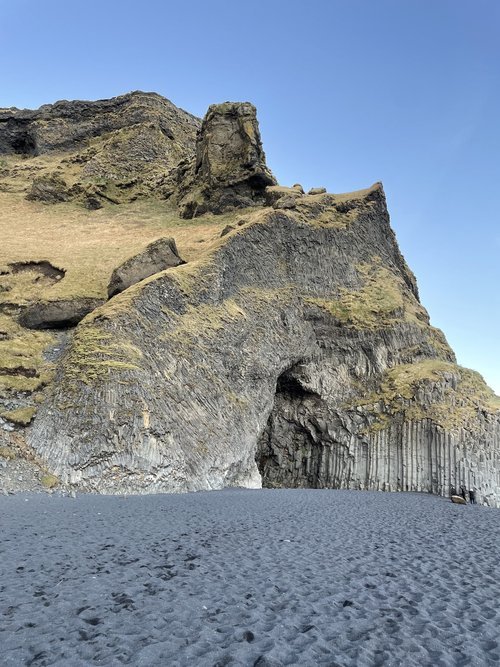
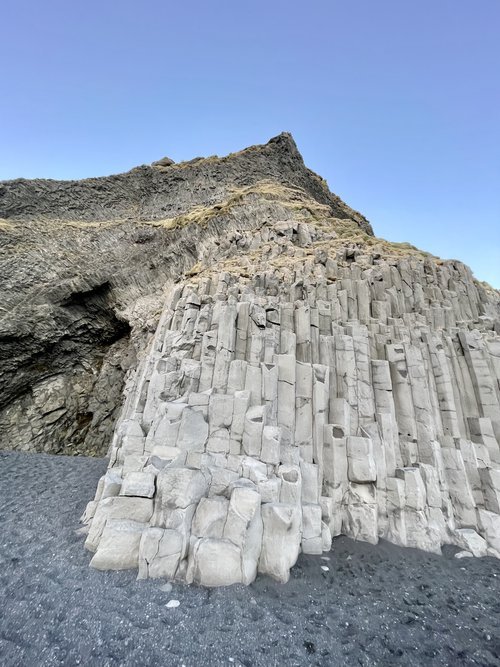
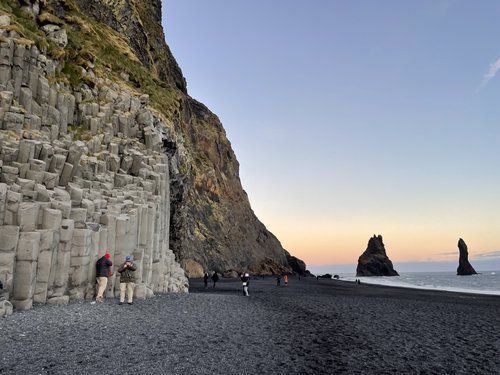


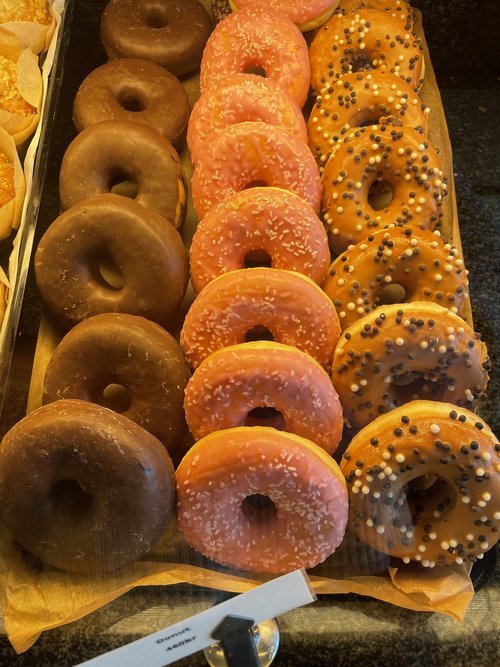
Day 7 - Jökulsárlón & Vatnajokull Glacier
Drive to the east coast to the Jökulsárlón Glacier Lagoon. Jökulsárlón is a glacial lagoon, bordering Vatnajökull National Park in the southeast. Still blue waters are dotted with icebergs from the surrounding Breiðamerkurjökull Glacier, part of the larger Vatnajökull Glacier. The Glacier Lagoon flows through a short waterway into the Atlantic Ocean, leaving chunks of ice on a black sand beach. In winter, the fish-filled lagoon hosts hundreds of seals.
ITINERARY
1PM Crystal Cave Tour inside the Breiðamerkurjökull outlet glacier
Stay at the Fosshotel Glacier Lagoon
Day 8 - South Coast to Reykjavík
Travel to Reykjavik (4 hour drive along South Coast)
ITINERARY
Stop to hike at Fjadrargljufur Canyon
Stay for two nights at Midgardur Center Hotel
Day 9 - Reykjavík
Free Day in Reykjavik
Iceland’s capital, Reykjavík, is the home to two-thirds of Iceland's population. The city is spread out and has sprawling suburbs, but the city centre is a very small area characterised by eclectic and colourful houses, with good shopping, dining and drinking. You can walk all of the centre in one day. Reykjavik has the distinction of being the northernmost capital city in the world.
Day 10 - Reykjanes Peninsula
The Reykjanes Peninsula runs along the Mid-Atlantic Rift, where the Eurasian and the North American tectonic plates are drifting apart. Due to this geological setting, the whole peninsula is extremely volcanically active, covered with moss-coated lava fields and cone-shaped mountains. The main geothermal areas of Reykjanes, however, are Gunnuhver, Krysuvik, and Svartsengi. Various mud pools and fumaroles can be seen at Gunnuhver, while Krysuvik is characterized by hot springs and mud pots where minerals turn the soil ruby red, sapphire blue, and topaz yellow.
Svartsengi is home to a geothermal power station that produces 76.5 MW of electricity from the 475 liters of 90° C water that gush from the earth per second. The mineral-rich surplus water fills up the Blue Lagoon Spa.
ITINERARY
10AM Blue Lagoon Spa
5:PM DEP Keflavík Airport, depart for home.
